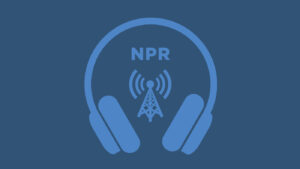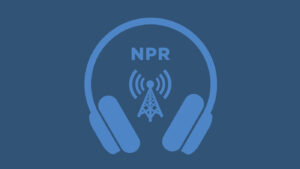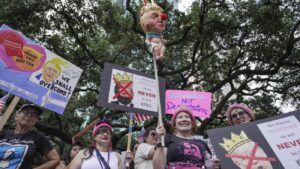Trump Tariffs Ignite Global Economic Concerns
The recent imposition of tariffs by the Trump administration on imported goods from multiple countries has sparked significant anxiety among consumers and has led to turbulent times in global trade relations. This development has not only affected global markets but has also raised the specter of an impending recession both in the United States and worldwide.
Following President Trump’s declaration of comprehensive tariffs, there has been a notable increase in Google searches for the term “recession.” Economists from leading investment banks are now predicting a heightened likelihood of a recession occurring.
Goldman Sachs, in a communication to clients on Sunday, increased the estimated probability of a U.S. recession from 35% to 45%, contingent on the tariffs being withdrawn. If these tariffs are implemented as scheduled, the firm warned, “we would revise our forecast to include a recession.”
Similarly, JP Morgan’s recent report titled “There Will Be Blood” has raised the global recession risk from 40% to 60% after the tariff announcement. CEO Jamie Dimon expressed concerns over rising inflation due to the tariffs, noting they are leading “many to consider a greater probability of a recession.”
Calls are growing for Trump to reconsider the tariff strategy, with voices from Wall Street, Capitol Hill, and international players urging a delay or reduction. Despite this, administration officials confirmed that discussions with over 50 countries are ongoing, yet the tariffs will proceed as planned.
In an NBC “Meet the Press” interview, Treasury Secretary Scott Bessent downplayed recession fears, stating, “We’re going to hold the course.” Referring to a favorable jobs report in March, he claimed there is “no reason that we have to price in a recession.”
Understanding Recessions
A recession is characterized by a decline in economic activity and is part of the economic cycle stages: growth, peak, contraction (or recession), and trough. Analysts typically define a recession as two consecutive quarters of declining GDP, although the National Bureau of Economic Research (NBER) describes it as a “significant decline in economic activity that is spread across the economy and that lasts more than a few months.”
Who Declares a Recession?
Identifying recessions is the responsibility of the NBER’s Business Cycle Dating Committee, rather than the federal government. This committee, composed of leading economists, has been determining the start and end of economic cycles since 1978.
There is no specific timeline for the NBER to declare a recession, with past determinations taking between four to 21 months. For example, the NBER announced in June 2020 that a recession had begun in February due to the pandemic.
Impacts of a Recession
A contracting economy may lead to increased unemployment, reduced stock market performance, and higher borrowing costs. According to Fidelity, consumer spending often decreases, impacting businesses and potentially leading to layoffs, further perpetuating the downturn.
Mark Zandi, chief economist at Moody’s Analytics, stated that consumer confidence is already declining. Broader tariffs could expedite the recessionary trend, as businesses react to reduced sales by cutting jobs.
Recession Frequency and Duration
Recessions can be triggered by various factors, including unexpected events, asset bubbles, and inflationary pressures. The U.S. has faced 34 recessions since 1857, with durations ranging from two months to over five years.
Since World War II, the average recession lasted 11.1 months, with one occurring roughly every 6.5 years. The Great Recession, from December 2007 to June 2009, was the longest post-WWII recession. In contrast, the brief COVID-19 recession in 2020 lasted just two months.
Depressions are more severe and less common, defined by Merriam-Webster as periods of widespread unemployment and significant economic activity pauses. The last recognized U.S. depression occurred in the 1930s.
This article was originally written by www.npr.org






